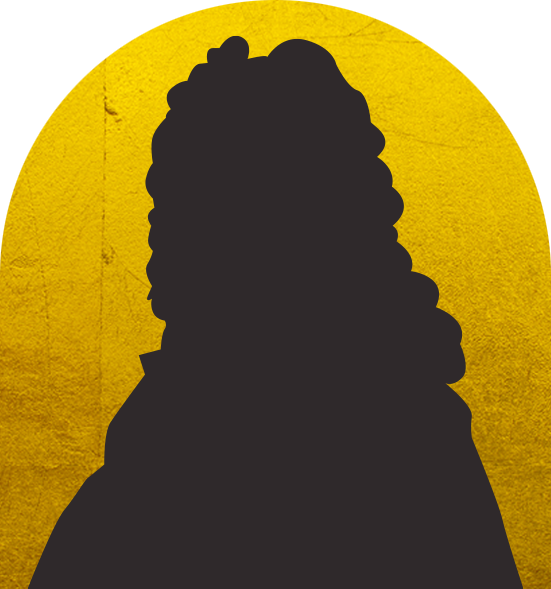St Vedast
Read the stories of four that either survived or succumbed to the flames, and how they reemerged from the ruins.

St Vedast
Henry Hoare was the second surviving son of Sir Richard Hoare and his wife Susanna. He was baptised at home on the day he was born in Goldsmiths Row by Mr Mason, from St Vedast’s. Healthier than many of his siblings, who had been baptised and buried in the church as infants, Henry married his cousin Jane Benson in St Dunstan’s in the West in 1702. They went on to have eleven children.
A goldsmith himself, Henry was taken into partnership by his banker father at the sign of the Golden Bottle in Fleet Street. C. Hoare and Co. is the UK’s oldest privately owned bank and still occupies the same premises and the golden bottle is still over the door. As a condition of his partnership, Henry and his family lived in the banking house but their children were baptised at St Dunstan.
In 1711 Henry and his father became commissioners for the building of fifty new churches in London. The same year, the House of Commons appointed a committee to investigate the state of the national debt and Hoare’s Bank, with others, stepped in to fund the payroll for the Duke of Marlborough’s army who were representing Britain’s interests on the continent.

Henry Hoare, "The Magnificent", of Stourhead by William Hoare of Bath, J. Paul Getty Museum.
When Sir Richard died, Henry’s younger brother Benjamin was taken into the banking business as a partner, their father’s will stipulating that Henry receive three quarters of the bank’s profits and assets, and his younger brother the remaining quarter. Henry made a considerable fortune by investing in various companies, including his shares the South Sea Company which netted him some £28,000 profit (over £4 million today).
Read more about Banking and Building – Profiting from Enslavement.
For his staunch Anglican faith and compassion for the needy, Henry became known as Good Henry. He was one of the founders of the Westminster Charitable Society which established Westminster Hospital, the first in England to provide free medical care for the poor. Henry died in the banking house in 1725 and was buried at Stourton in Wiltshire, near his country estate. He had spent a considerable sum building a neo-Palladian villa called Stourhead in the area but died as it was being completed and never lived there.
As well as substantial legacies to family and charity, he endowed the Henry Hoare Bible Fund with £2000 for the purchase and free provision of bibles and books of common prayer. The fund survives today and continues to make grants. Five of Henry and Jane’s children survived; two sons followed their father into the banking business and three daughters lived to adulthood and married. Jane lived at Stourhead until her death in 1742 when she was buried beside her husband in St Peter’s Church.
Read the stories of four that either survived or succumbed to the flames, and how they reemerged from the ruins.
Keep up to date with the latest news ...